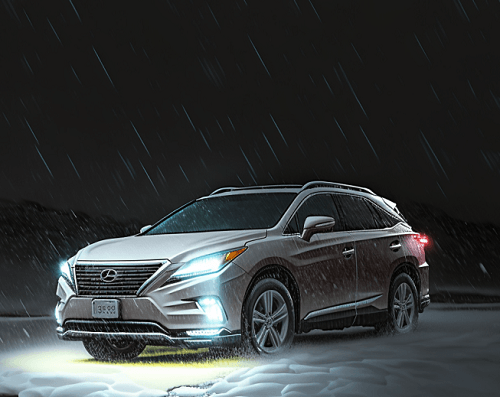Driving at night poses a unique set of challenges for motorists. Darkness can impair visibility, fatigue can set in, and there may be an increased presence of impaired drivers on the road. In this article, we will explore the risks associated with driving at night and provide tips for staying safe while behind the wheel after the sun goes down.
Combat Darkness: To combat the darkness that comes with driving at night, it’s essential to make sure your headlights are working properly. You should also keep your windshield and mirrors clean, as dirt and grime can impair visibility. Additionally, it’s a good idea to keep your car’s interior lights turned off to reduce glare on the windshield.
Compromised Night Vision: Night vision can be compromised by a variety of factors, including glare from oncoming headlights, poor road conditions, and fatigue. To combat these issues, it’s essential to keep your eyes moving, looking well ahead of your vehicle and scanning the road for potential hazards. It’s also a good idea to take breaks if you start to feel tired, and consider investing in a pair of polarized sunglasses to reduce glare.
Fatigue: Fatigue is a common issue when driving at night, and it can be caused by a variety of factors, including long hours on the road, lack of sleep, and monotony. To combat fatigue, it’s essential to take breaks and to get plenty of rest before hitting the road. Additionally, it would be best if you avoided driving during the hours when you would normally be sleeping, as your body is more likely to be tired during these times.
Rush Hour: Rush hour can be perilous when driving at night. Not only are there more cars on the road, but visibility is also compromised by darkness. To stay safe during rush hour, it’s essential to keep a safe distance from other vehicles and to be extra vigilant for sudden stops and lane changes.
Impaired Drivers: Impaired drivers are a significant threat on the road, and they are more prevalent at night. To stay safe on the road, it’s essential to be aware of the signs of impairment, such as swerving, and to avoid driving alongside or behind vehicles that seem to be driven erratically.
The Most Dangerous Hours: The most dangerous hours to drive at night are between midnight and 6:00 am. This is when the majority of fatigue-related accidents occur, and when there is a higher presence of impaired drivers on the road. To stay safe, it’s essential to avoid driving during these hours if possible.
Take Breaks When Necessary: To stay alert and stay alive while driving at night, it’s essential to take breaks and get plenty of rest before hitting the road. Additionally, you should avoid driving during the hours when you would normally be sleeping, and be extra vigilant for potential hazards on the road.
Driving at night can be dangerous, but with the right precautions, you can stay safe on the road. By being aware of the risks associated with driving at night, including darkness, fatigue, and impaired drivers, and by taking steps to combat these risks, you can reduce your risk of an accident. Remember to stay alert, take breaks, and avoid driving during the most dangerous hours of the night. It’s important to drive defensively and always have your eyes on the road. With a little bit of preparation, you can stay safe while driving at night.
Do you need Driving Safety Training? Check out a free demo of our Driving Safety Online Training Course:


